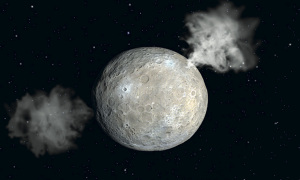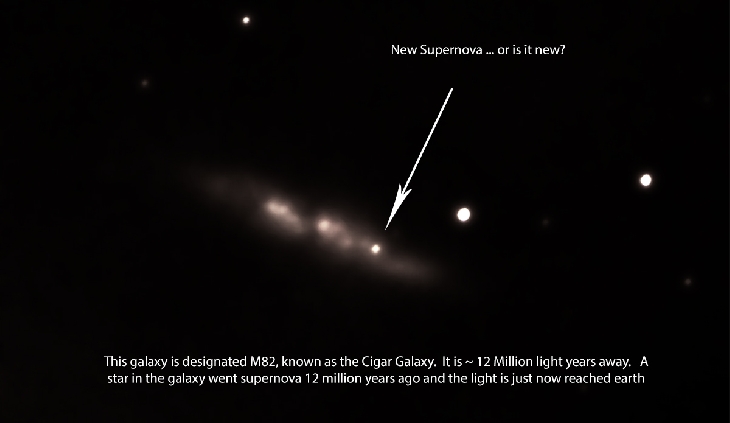

Haunting the Web Since 1999


Using the thankfully soon-to-be-refurbished Hubble, astronomers find more evidence of “dark energy” in the early universe working along the lines of Einstein’s famous fudge factor, the cosmological constant, to combat a gravitational crunch. “‘Dark energy makes us nervous,’ said Sean Carroll, a theoretical physicist at the California Institute of Technology who was not involved in the supernova study. ‘It fits the data, but it’s not what we really expected.’“